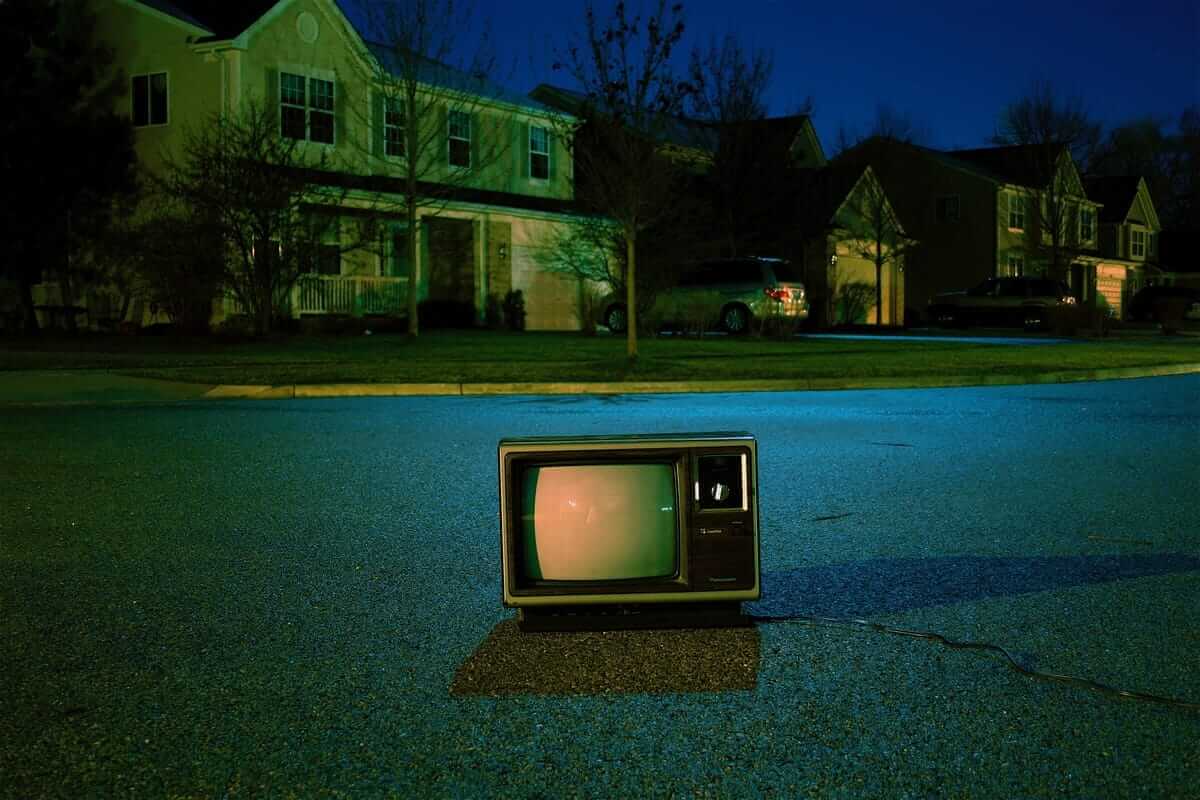How long have you watched TV this week? And how many hours a week you dedicated to this activity in, let’s say, 2005? And in 1995? If this number has decreased over the years, you are not the only one. In general, similar to other traditional media, the TV industry nowadays is seeing some trends that threaten its existence – the decline in viewership or less revenue coming from advertising, in comparison to the rise of digital advertising. For many marketers, it’s a serious challenge and a sign of the times, and for others – focused on digital – a great example of a marketing revolution that means the shift from traditional marketing to the new strategies brought by technological advances.
From the advertising king to struggling with crisis
The falling number of advertisers and fewer dollars coming from this source is a growing problem for the whole industry. And the future doesn’t seem bright: “Advertisers may be leaving TV for good”, warns Bloomberg, before continuing with devastating statistics showing the decreasing TV viewership and TV-advertising sales.
Let’s take a look at some numbers that reflect the changing landscape:
- 60% of Americans choose online video to live TV.
- In 2011, a statistical 18-24-year-olds were watching TV 25 hours a week, and in 2018 it was just 16 hours.
- Millennials watch nearly 50% less TV than adults over the age 35.
- 55% of US households subscribe to paid streaming video services, up from 10% in 2009.
- In 2017, 93.8 million people in the US paid for TV, down 4% from the year before.
When it comes to advertising, it’s not a mystery that TV ads spending decreases as well. The whole digital ad market in 2018 was $30 billion larger than the TV advertising market. In 2019, TV advertising in the US is expected to drop 4,3%, similar to other traditional media (newspapers or radio), while the digital advertising will grow a whopping 18,3% (source).
Digital and online are the winners
Looking at the composition of long-term U.S. ad growth, it becomes evident that the rise of internet and digital has come at the expense of traditional media.
Digital and online advertising is the obvious winner in this situation, benefiting from the crisis in the TV industry, thanks to its wide possibilities and use of modern technology. Online ads mean a shift from the “spray and pray” strategy, e.g. TV spots, and the beginning of the era of Big Data in marketing: precisely targeted campaigns, programmatic advertising, 360-degree customer view, marketing automation, and data-driven analytics where you can measure and optimize absolutely everything in real time. TV ads with its huge budgets and complicated attribution look like an advertising relic that stays behind the modern technological advances that have brought new ways of marketing and advertising.
Digital channels win their competition with TV thanks to its targeting options and the adoption of breakthrough technologies such as Machine Learning, Artificial Intelligence or automation. And when it comes to ads, social media is the cheapest form of advertising. The biggest challenges in the case of TV advertising are undoubtedly expensive and scarce slots. It’s basically not for everyone. SME can’t afford to advertise on national TV, but they don’t have this problem with online ads. And the ROI from, let’s say, Google Ads can be very satisfying for this kind of businesses. Moreover, small-size advertisers get tons of metrics and analytics and can clearly see where their money went and what results it brought. Why bother with the traditional media, then?
The decline of the TV audience in the Netflix era
One of the major concerns of the TV industry is that the audience doesn’t seem no more as hooked on the TV content as it used to be.There are simply fewer viewers. And where are them? Binge-watching Netflix, of course.
TV has gained some strong competitors in the battle for viewers’ attention because of the triumphant surge of online streaming services such as Netflix, Hulu, HBO GO or Amazon Prime. The advantage of these platforms is obvious – viewers can browse through lots of available content and view the chosen film whenever they wish. What is more, Netflix recommendation engine makes it even easier for the viewers to get the content adapted to their interests – it delivers users exactly what they want (even if they themselves don’t really know what they want – Netflix knows their taste perfectly).
Those problems may mean that TV enters a vicious circle. As less revenue from advertising comes to the TV industry, the producers would have smaller budgets and would be forced to produce cheaper content that could result to be low quality and less engaging for viewers, in comparison with the diverse content available on streaming platforms. In consequence, the number of viewers may continue falling, TV may keep becoming less attractive to advertisers, which could mean less revenue, and so on, and so on.
Is there still hope for the TV?
Media giants are not waiting for a miracle: they are taking matters into their own hands. For instance, Disney and WarnerMedia are starting their own online streaming platforms in order to share their library of movies and shows and confront Netflix in its own ground.
And we shouldn’t forget that when it comes to efficiency, TV ads are still considered the most effective form of advertising that brings the highest ROI: it accounts for 71% of advertising generated profits when in the case of online display ads it’s only… 1% (source).
It seems that the TV is not considering to give up and will fight for survival. Will it endure the loss of advertisers to digital media, the society’s changing entertainment habits and the rise of online streaming? It’s very probable that we will find out in the coming years.



 Follow
Follow
















